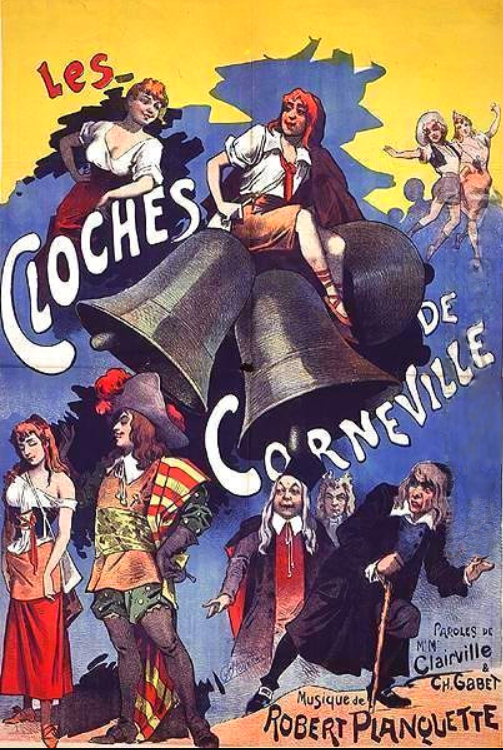|
Teatro D. Fernando (Porto)
The ''Teatro D. Fernando'' was a theatre in the Portuguese capital of Lisbon between 1849 and 1860. Background Following the dissolution of the monasteries in Portugal after the Liberal Wars (1828-1834), steps were taken to re-use the churches, convents and monasteries that were vacated, given the limited resources to construct new buildings from scratch. The building that became the ''Teatro D. Fernando'' was the Church of Santa Justa, situated in the Santa Justa (Lisbon), Santa Justa area of Lisbon, close to where the Santa Justa Lift is now, in what is known as the ''Lisbon Baixa, Baixa Pombalina'', an area redeveloped after the 1755 Lisbon earthquake. The church was initially used as a barracks of the 7th Battalion of the Lisbon National Guard, although by August 1838 it was unoccupied again. At that time, Émile Doux (1798–1876), the French actor, director, playwright and impresario who worked in Portugal and was the director of another Lisbon theatre, the ''Teatro da Rua do ... [...More Info...] [...Related Items...] OR: [Wikipedia] [Google] [Baidu] [Amazon] |
Santa Justa (Lisbon)
Santa Justa () ( English: '' Saint Justa'') is a former civil parish (''freguesia'') in the city and municipality of Lisbon Lisbon ( ; ) is the capital and largest city of Portugal, with an estimated population of 567,131, as of 2023, within its administrative limits and 3,028,000 within the Lisbon Metropolitan Area, metropolis, as of 2025. Lisbon is mainlan ..., Portugal. It has a population of 700 inhabitants and a total area of 0.24 km². At the administrative reorganization of Lisbon on 8 December 2012 it became part of the parish Santa Maria Maior. ''Diário da República'', 1.ª Série, n.º 216. Accessed 25/11/2012. References [...More Info...] [...Related Items...] OR: [Wikipedia] [Google] [Baidu] [Amazon] |
Comic Opera
Comic opera, sometimes known as light opera, is a sung dramatic work of a light or comic nature, usually with a happy ending and often including spoken dialogue. Forms of comic opera first developed in late 17th-century Italy. By the 1730s, a new operatic genre, ''opera buffa'', emerged as an alternative to ''opera seria''. It quickly made its way to France, where it became ''opéra comique'', and eventually, in the following century, Operetta#Operetta in French, French operetta, with Jacques Offenbach as its most accomplished practitioner. The influence of Italian and French forms spread to other parts of Europe. Many countries developed their own genres of comic opera, incorporating the Italian and French models along with their own musical traditions. Examples include German ''singspiel'', Operetta#Austria–Hungary, Viennese operetta, Spanish ''zarzuela'', Russian comic opera, English ballad opera, ballad and Savoy opera, North American operetta and musical comedy. Italian ... [...More Info...] [...Related Items...] OR: [Wikipedia] [Google] [Baidu] [Amazon] |
